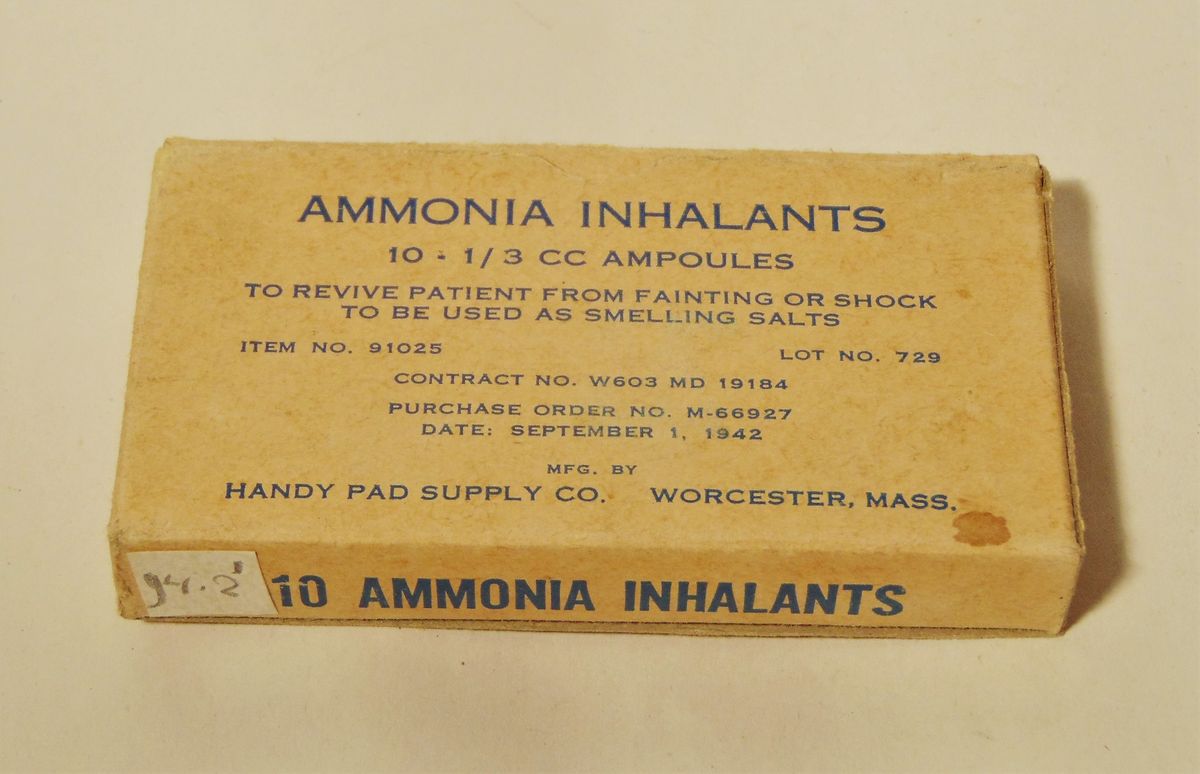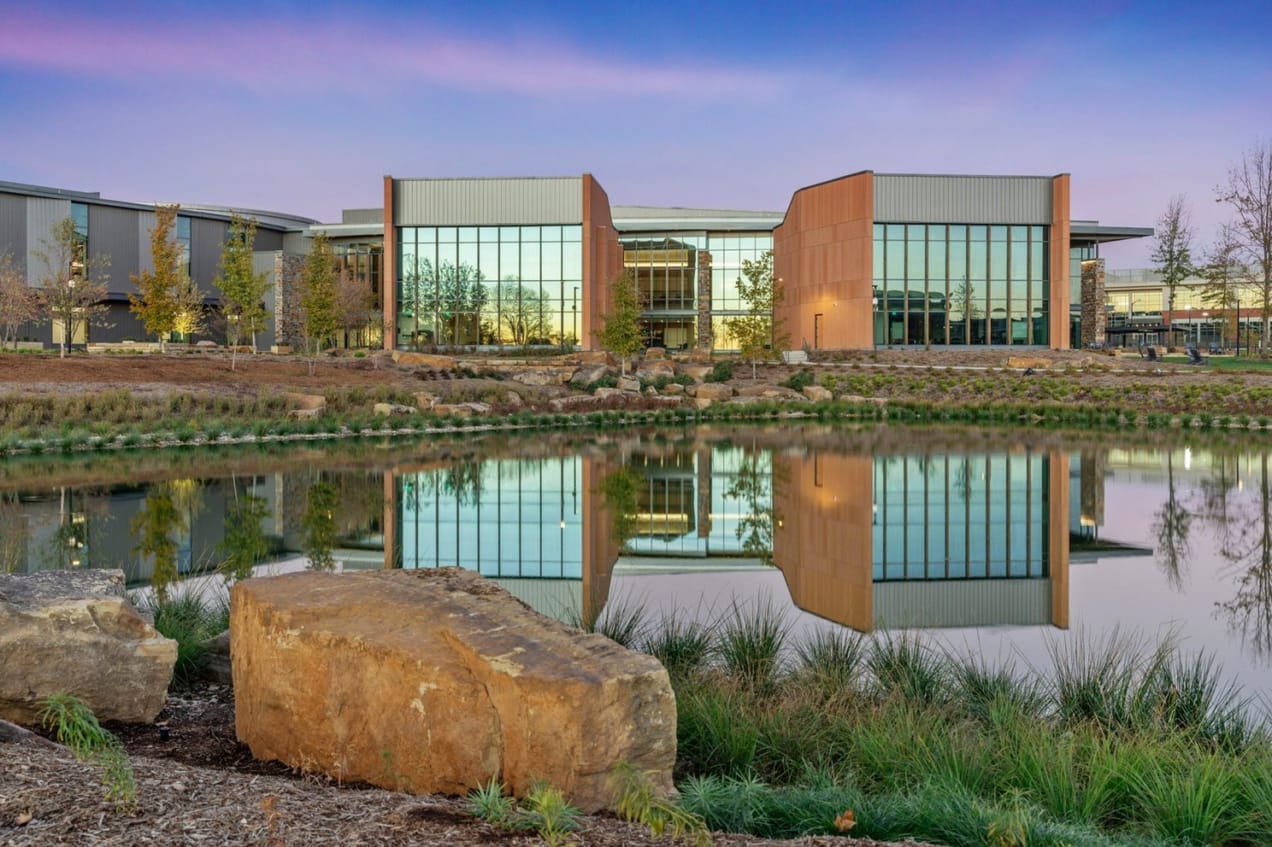
Clean ammonia - the decarbonised future of fertiliser
We know we need to decarbonise ammonia production. There are already technical solutions, including electrification, and the use of green hydrogen as a feedstock. In most cases they are not yet financially comparable, but they seem to be getting closer.
But in many situations decentralisation can also be a practical solution - moving the production of the ammonia (and nitrogen fertiliser) closer to the end user. Which is where alternatives such as that offered by We are Nium could be interesting. They are producing a modular nanotech-based alternative to the Haber-Bosch process. Technically a different approach, and so something to watch.
Ammonia is an important product from the chemical industry. It's uses are varied, from explosives to smelling salts to its current primary use: nitrogen fertilisers (80%).
The production of ammonia globally has a direct CO2e footprint as big as Brazil's! In terms of direct emissions, it is almost twice as emissions intensive as crude steel production and four times that of cement at approximately 2.4 t CO2 per tonne of production.
There have plenty of efforts to make ammonia production greener - something we wrote about in this blog 👉🏾

There are various ways in which ammonia's CO2e emissions can be reduced but is that all that matters?
We are Nium, which has a modular nanotech-based alternative to the Haber-Bosch process for making ammonia, commissioned Dr Claudia Gasparovic to investigate what clean ammonia on demand mean for natural systems - water, air and land? And how to eliminate emissions while minimising negative impacts on the environment?
Dr Gasparovic points out the huge potential for reducing emissions by adopting clean ammonia technologies - up to 490Mt CO2e in fertiliser and a further 250Mt CO2e in the urea supply chain.
Using a planetary systems lens she highlighted that there are some risks with deployment including nitrogen loss, land and water usage which counteract the emissions reduction impact.
However, she also points out that the choice of technology used, the sites and partnerships chosen can promote environmental health.
Here is Dr Gasparovic's LinkedIn post which includes the full report 👉🏾 https://www.linkedin.com/posts/claudiagasparovic_clean-ammonia-the-decarbonised-future-of-activity-7180946774386196481-OiVN/
We have discussed other modular green ammonia production systems in the past including this one from Talus Renewables in Kenya which generates clean hydrogen on site but appears to still use the Haber Bosch process

The solution from We are Nium is interesting as it is an alternative to Haber Bosch and runs at a lower temperature and pressure. We shall watch with interest.
However, as well as reducing the 'dirtiness' of ammonia and ultimately fertilisers, we should also be reducing the amount of fertilisers currently used.
As Dr Gasparovic also points out in her report reducing CO2 and N2O emissions is the top of the pyramid of mitigation approaches, but we then need to reduce fertiliser use/loss and transition to a sustainable and even regenerative agriculture model.

This article featured in What Caught Our Eye, a weekly email featuring stories we found particularly interesting during the week and why. We also give our lateral thought on each one. What Caught our Eye is available to read in full by members.
If you are not a member yet, you can read What Caught Our Eye when it comes out direct in your email inbox plus all of our blogs in full...

Click this link to register 👉🏾 https://www.thesustainableinvestor.org.uk/register/

Please read: important legal stuff.


